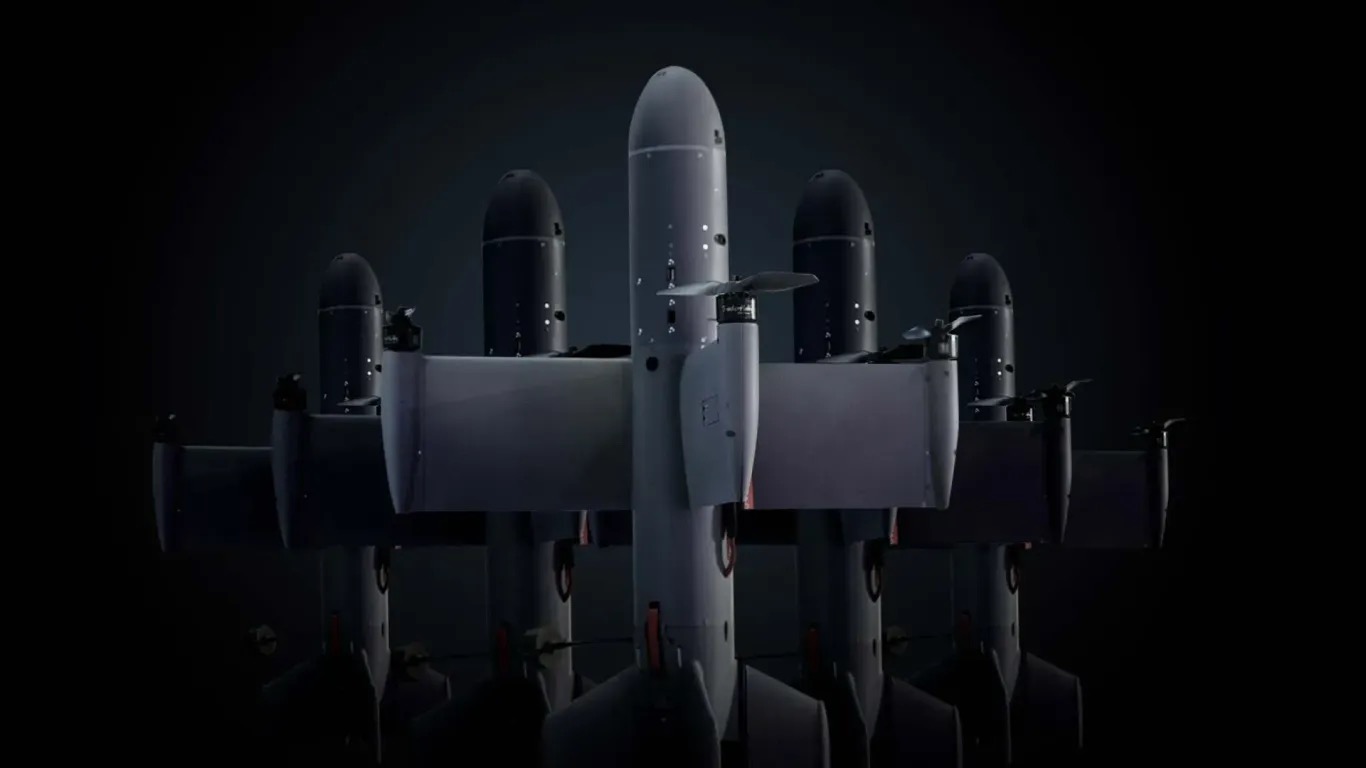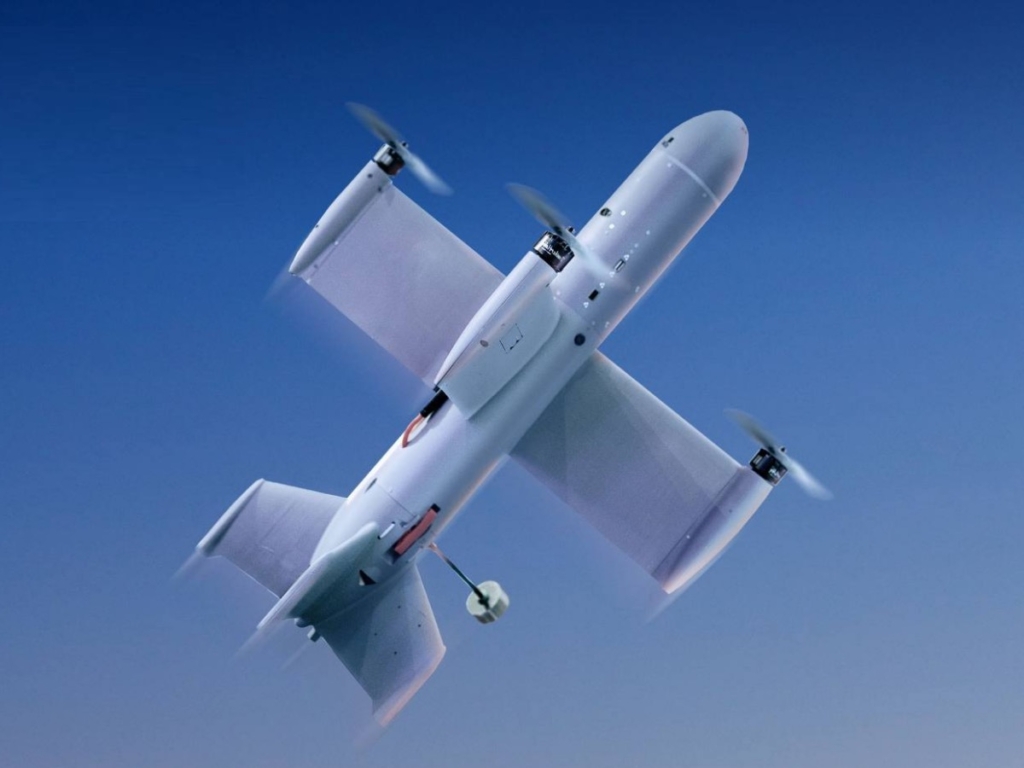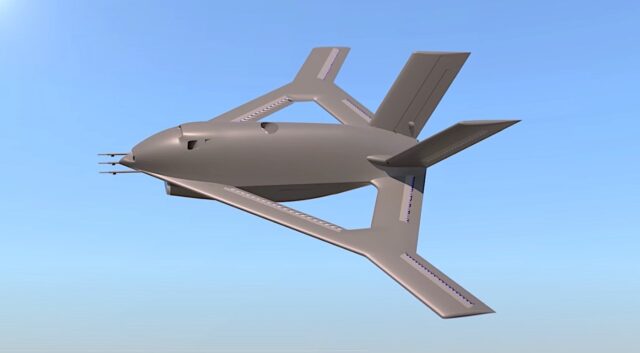UK to mass-produce Ukraine’s Octopus interceptor drones in boost to Kyiv’s air defence firepower

November 27, 2025

Ukraine has taken a major step in expanding its air-defence capability, signing a licensing agreement with the United Kingdom to manufacture the Ukrainian-designed Octopus interceptor drone on British soil.
The deal, announced by Ukraine’s Defence Minister Denys Shmyhal on 27 November, marks the first time a Ukrainian combat system will be produced abroad under licence.
“This is a historic precedent and the next important step that will allow the production of Ukrainian interceptors in the United Kingdom,” Shmyhal said, adding that the drone has already proved its effectiveness against Russia’s Shahed-type attack drones.
The Octopus programme is central to Ukraine’s rapid effort to counter Iranian-designed Shahed loitering munitions, which have become one of the most persistent threats to cities, energy infrastructure and military facilities.
Ukraine began serial production of the Octopus interceptor in mid-November. Developed within the Armed Forces of Ukraine and tested in combat, the system is designed to intercept and destroy unmanned aircraft at low altitude, at night and in an environment of intensive electronic warfare.
Why Ukraine wants UK production of the Octopus interceptor drone
The decision to manufacture the interceptor in the UK is driven by several strategic considerations.
First, it enables Ukraine to scale production far beyond its domestic capacity. According to the Ministry of Defence, output in Britain could reach several thousand drones per month, with all units transferred back to Ukraine for operational use.
Secondly, shifting production abroad protects the supply chain from Russian strikes. Although Ukraine has already transferred the technology to three domestic manufacturers – and another eleven are preparing to launch production lines – defence factories inside the country remain targets. Overseas manufacturing ensures uninterrupted output even during periods of intense missile attacks.
Ukrainian President Zelensky announced that the OCTOPUS interceptor drone, developed jointly with British scientists, will be mass-produced in the UK.
— Visegrád 24 (@visegrad24) October 24, 2025
Thousands are expected to be manufactured monthly, with the first batch already approved.
🇺🇦🇬🇧 pic.twitter.com/uJ5TC1B1jw
Thirdly, the UK already provides extensive military support to Kyiv, making it a natural partner for distributed production. Both governments view the agreement as a deepening of bilateral defence cooperation rather than a narrowly industrial arrangement.
Octopus drones become a key part of Ukraine’s air defence
The Octopus has become one of several interceptor drone systems now being fielded across Ukraine in response to large-scale Russian missile and drone attacks. Kyiv has expanded its drone fleet at speed, moving from adapted commercial platforms to establishing serial production across a growing domestic industrial base.
“The manufactured interceptors will be transferred to Ukraine to strengthen the protection of our skies,” Shmyhal said. Earlier, he stated that Ukraine plans to deploy up to 1,000 interceptor drones a day “in the near future”.
President Volodymyr Zelenskyy has also highlighted the programme publicly. During a recent meeting with UK Prime Minister Keir Starmer, Zelenskyy cited the Octopus as an example of Ukrainian innovation now entering international production, and thanked Britain for its sustained support.
Read more: Ukraine to deploy world’s first AI-guided ‘drone wall’ to stop Russian attacks
UK–Ukraine cooperation expands as Kyiv shifts to serial drone production
The production plan reflects a broader policy shift by the Ukrainian Ministry of Defence towards open cooperation with foreign manufacturers and a rapid transition from prototype to serial production.
“We are launching interceptor drones into mass production so that they can begin protecting Ukraine’s skies as soon as possible,” Shmyhal said.
Three Ukrainian firms have already begun producing the drone with the transferred technology, while eleven more are preparing for serial output. UK-based production will add a parallel industrial stream outside the immediate war zone.

For Ukraine, the agreement also provides long-term industrial benefits. Licensing a Ukrainian system for overseas manufacturing highlights how the country’s own designs are evolving into export-grade and co-production models – something Kyiv had not achieved at scale before Russia’s full-scale invasion.
Octopus drone designed to counter Russia’s Shahed-136 loitering munitions
The Iranian-designed Shahed-136 drones, assembled in Russia as the Geran-2, have become one of the principal weapons in Moscow’s campaign of deep-strike attacks. Ukraine’s response has shifted from point-defence and small-arms fire to purpose-built interception systems.
INTERCEPTOR: Octopus exemplifies Ukraine's "drone wall" strategy, shifting from reactive defense to proactive, cost-effective concentration. Future upgrades may include swarm coordination and AI targeting. pic.twitter.com/Bojq4XljA5
— Chuck Pfarrer | Indications & Warnings | (@ChuckPfarrer) November 23, 2025
The Octopus is designed specifically for this mission: a small unmanned aircraft capable of operating in jamming environments and tracking slow-moving targets at low altitude. Officials say it has demonstrated effectiveness in recent operations.
The programme runs alongside other international production initiatives. Ukraine is already working with the United States on co-produced interceptor drones, though it has not been confirmed whether they relate to the same system.
Ukraine accelerates industrialised air defence with UK mass production
The licence agreement with the UK is intended not only to sustain Ukraine’s air defence during the war but also to build an industrial base that outlasts it.
Ukrainian officials describe it as a turning point in the way the country develops weapons systems: by keeping design ownership at home while distributing production across allied nations.
For now, the priority is clear. Mass production in the UK is expected to begin at scale, with several thousand drones per month to be delivered back to Ukraine.
Shmyhal summed up the effort as both a military and industrial objective: increasing the volume of interceptors, protecting supply chains, and ensuring that Ukraine’s skies can be defended for as long as necessary.
















